Singapore design experts: How to incorporate nature into your home
To enhance your wellbeing at home, think green, think views and think holistic, say Singapore's top interior designers and architects.
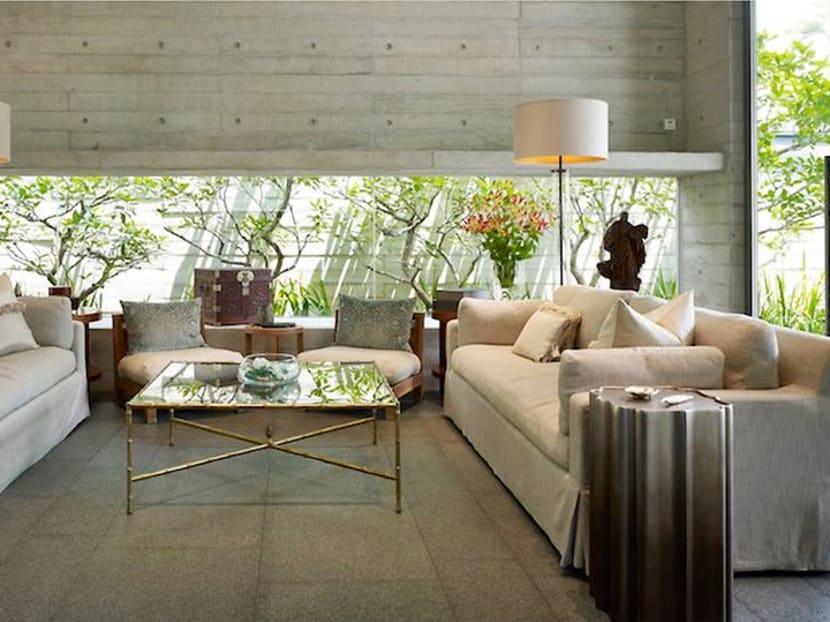
In a pandemic world, biophilic design is becoming an important consideration for Singapore homeowners. (Photo: WOW Architects/Aaron Pocock)
In the wake of a global pandemic, architecture and interior design have been permanently changed. Having been cooped up at home for several months on end, homeowners now have a renewed perspective on how they want their homes to look like.
Biophilic design – the practice of creating living environments that incorporate natural elements, including fresh air, natural light, plants and water features – is trending among homeowners these days. This design philosophy is based on the idea that humans derive positive health benefits from being in nature.
The term “biophilia” was first popularised in the 1980s by biologist Edward O Wilson. In his book, Wilson proposed that humans have an innate love for nature – we were born into nature, thus it's in our DNA to seek connections with various forms of life.
But in today’s fast-paced world, we are losing our connection to the natural world. Biophilic design is a way to solve this disconnect, helping us thrive even in urban environments.
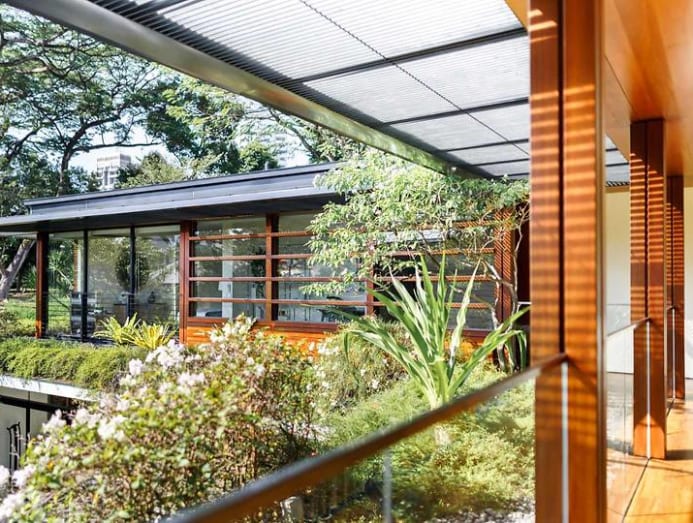
According to several design experts in Singapore that CNA Luxury spoke with, the recent popularity of biophilic design has been fuelled by the rise of troubling global issues.
“The rise in the yearning for a connection with nature may be a reflection of a deep-seated, and often subconscious, concern we have to the increasingly unstable and unpredictable social, cultural, and political climate we live in. It is especially so this year, living through numerous global social unrests and a global pandemic,” explained Christina Thean, Director of Park Associates.
Despite living in an urban city like Singapore, biophilic design can be incorporated into our homes in simple and subtle ways. As Darren Yio, founder of Archetype Studio expressed, “The natural environment is everywhere around us; it is a matter of us letting it in. Once we open ourselves to invite nature in, biophilic design will be easily present in our homes.”
"The rise in the yearning for a connection with nature may be a reflection of a deep-seated, and often subconscious, concern we have to the increasingly unstable and unpredictable social, cultural, and political climate we live in." – Christina Thean
BRING GREENERY INDOORS
The easiest way to incorporate biophilic design in the home is to start by introducing greenery into indoor spaces. Houseplants not only provide visual appeal, they also bring with them purifying health benefits.
“Look for areas in the house where there is natural lighting, such as a balcony, air well or skylight. The easiest way to introduce greenery in these spaces is by paying a visit to the local nursery and bringing home some potted plants,” advised Terri Tan, Design Director of Designworx Interior Consultant. “If budget permits, customise something to create a statement floral piece or install a vertical green wall.”
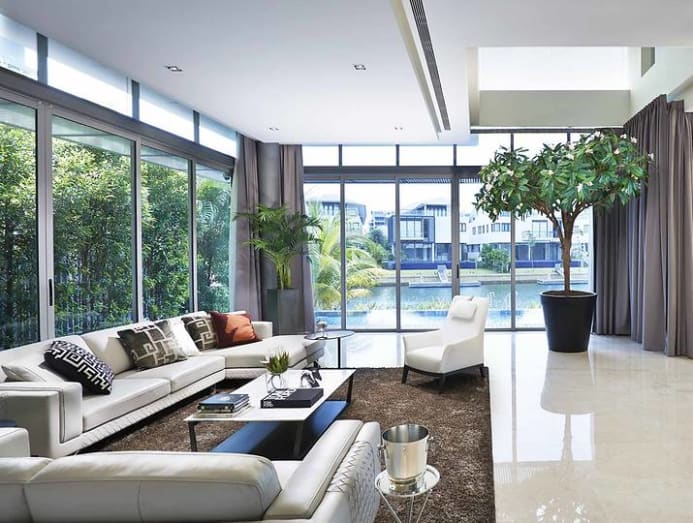
Such features, however, should be placed at the most frequented areas in the home, so that “connection with these features will be constant and enchanting throughout the day”, said Archetype Studio's Yio.
“It depends on the habits of the individual homeowner. Some prefer to spend most of their day in the living room, hence locating the feature in the living room will ensure its maximum connection between man and nature. If the homeowner spends more time in the dining room, the feature can be ideally placed as a backdrop to the dining area, where the family comes together.”
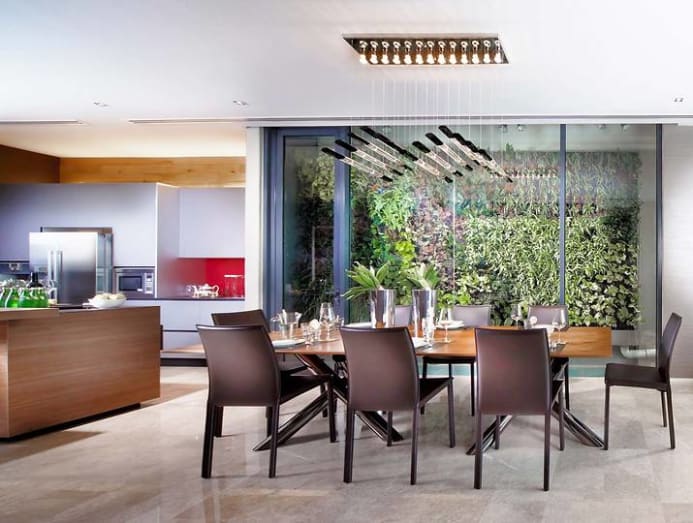
“For some, the bathroom is the most important space in a house, hence they would prefer to place it next to the shower. Biophilic features can also be placed in the study, especially now that this is the most frequented space inside a home with the recent work from home phenomenon.”
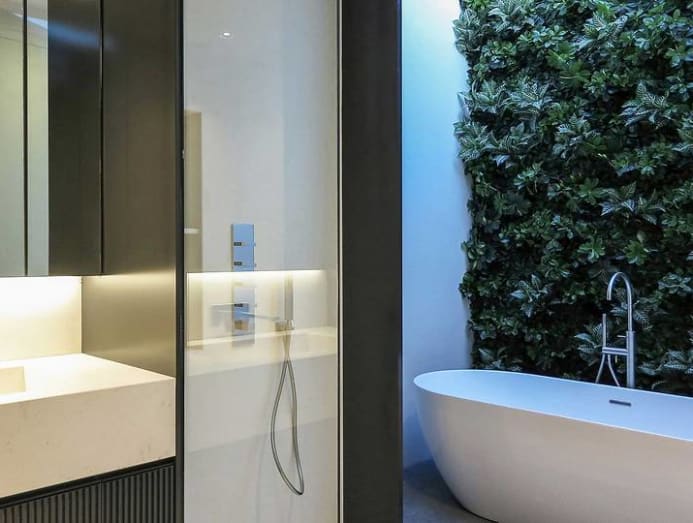
If you’re fortunate enough to have your home facing sprawling views of nature, you might want to make the most of these views by changing the orientation of your rooms.
“Rearrange your dining and living areas to face a window, instead of a TV or computer,” shared Maria Warner Wong, Design Director of WOW Architects.
Don’t forget to open your windows often and let fresh air in. By opening the windows, you’ll also be more attuned to weather and light changes. For example, waking up to the sun spilling in has proven to be beneficial for our natural body clocks. Listening to the rain fall on a cosy evening will have a calming effect on the mind.
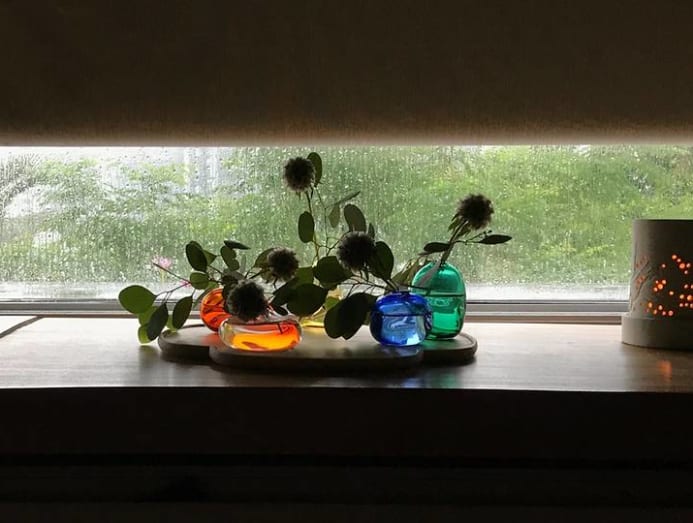
“Important considerations include structurally orienting the building around natural elements like sunrise and sunset, or the monsoon wind and natural cross-ventilation,” Wong added.
READ> House tour: A three-storey family home in Singapore enveloped by lush gardens
A HOLISTIC APPROACH
As humans, we are naturally visual creatures. But this means that we tend to neglect our other senses. A useful tip to keep in mind is that beyond sight, biophilic design can be experienced through a variety of human senses.
“We should think about incorporating biophilic design in a holistic and sustained manner,” reminded Park Associate's Thean. “Insertion of an indoor plant here and there helps with our wellbeing, but its effect would be transient.”
Instead, take things a step further and incorporate often neglected design elements that stimulate our other senses of sound, touch, smell and taste.
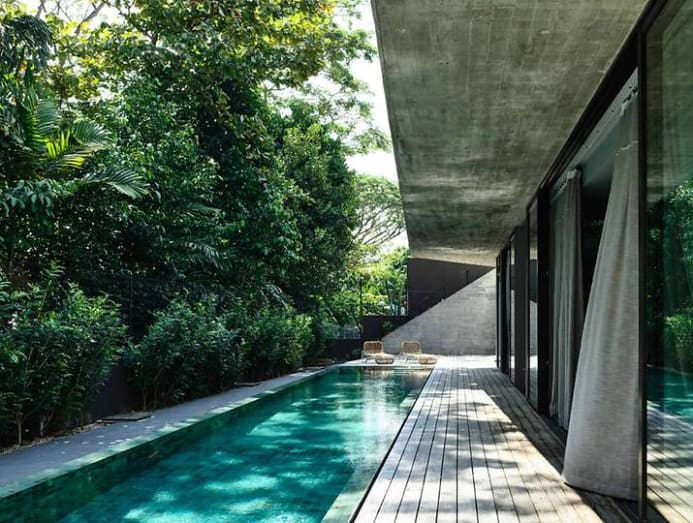
For example, the calming sound of flowing water from a water feature will have a soothing and calming effect. When choosing houseplants, pick those with fragrances that help with stress relief. “Surely there is a solid reason as to the allure of, for example, the smell of freshly-cut grass after rain, or the mesmerising sound of crashing waves,” said Thean.
LIFESTYLE CHANGES
While biophilic interiors are designed to help us reconnect with nature, beyond design, certain lifestyle changes will also help us feel more connected to nature within the four walls of our homes.
“Biophilia is not a style, a look or a fashion trend that can be achieved with botanical illustrations wallpapered onto a wall, it is a state of mind whose benefits include relaxation and calming effects, reduction of stress and a sense of wellbeing,” Wong believes.
“Grow some herbs, such as lemongrass or pandan, and brew them into your tea, or incorporate them into your desserts. Each time you eat at home, try to eat natural foods and take time to think about and appreciate their cultivation. Avoid processed and synthetic foods,” she advised.
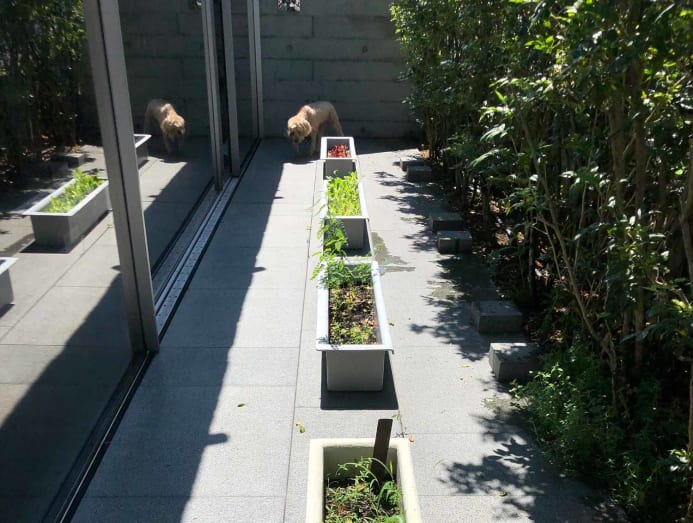
“At a time like this, when we feel helpless to solve many of the great problems of the world, and feel deep concern for our planet, it really helps to connect with a small bit of nature and realise that we are part of a natural continuum. We are all natural beings and our love of the world and each other are one and the same.”
"We are all natural beings and our love of the world and each other are one and the same." – Maria Warner Wong





